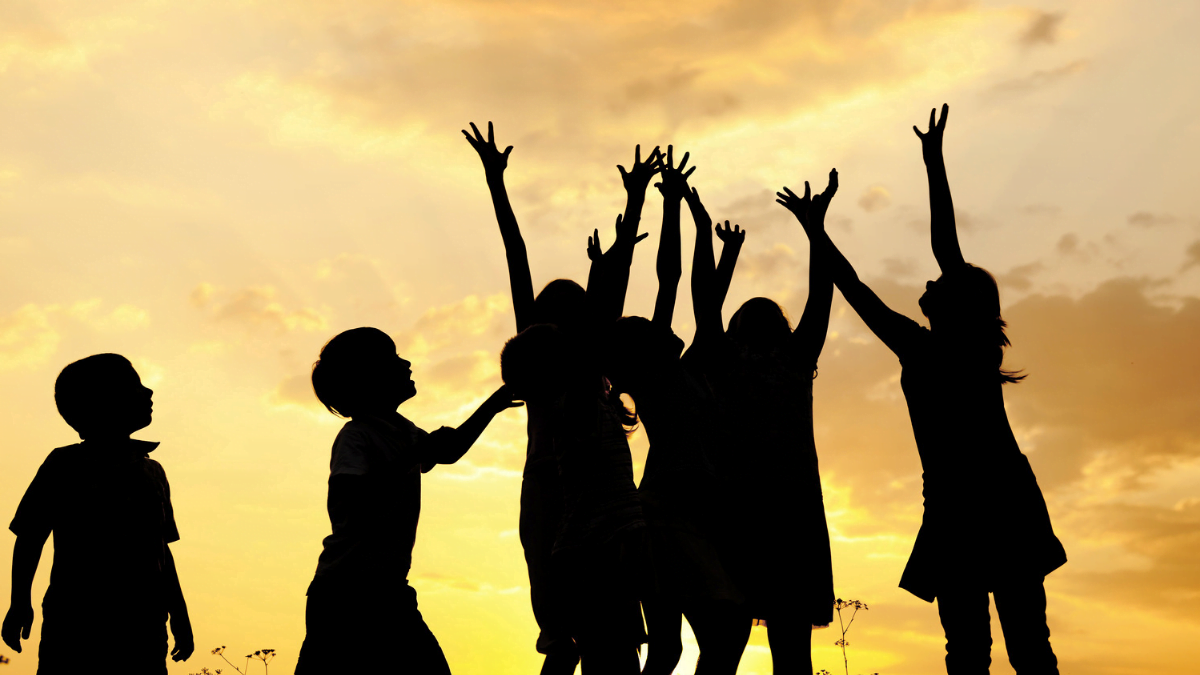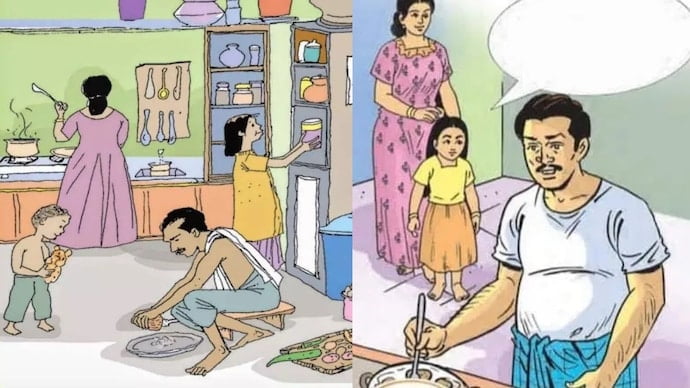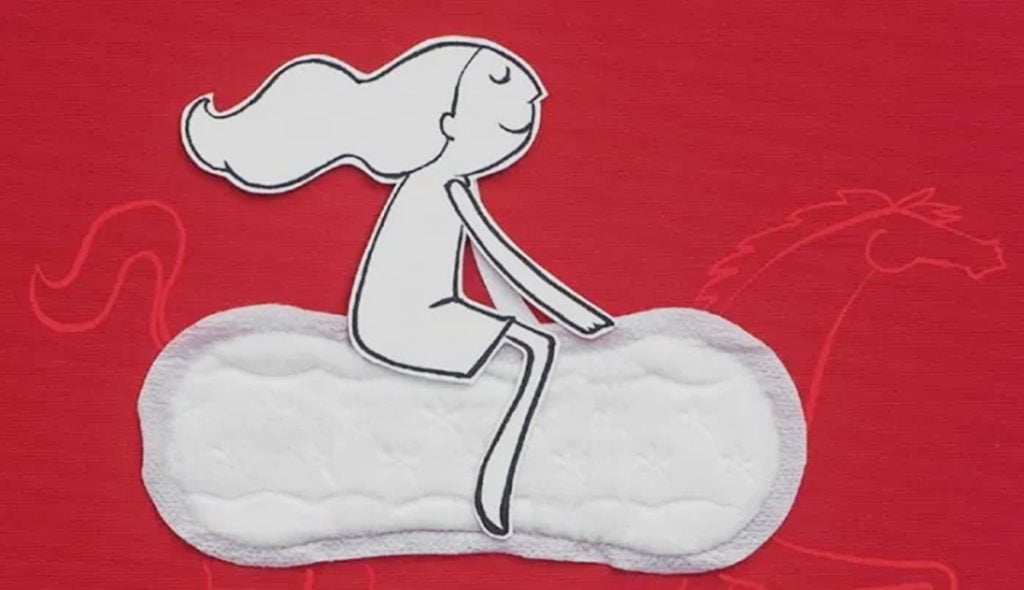In modern times, the media children are exposed to, plays a crucial role in shaping the future of society. Be it the school textbook or the different forms of media they come across, it is essential that they need to be socially responsible in shaping their minds and societal values.
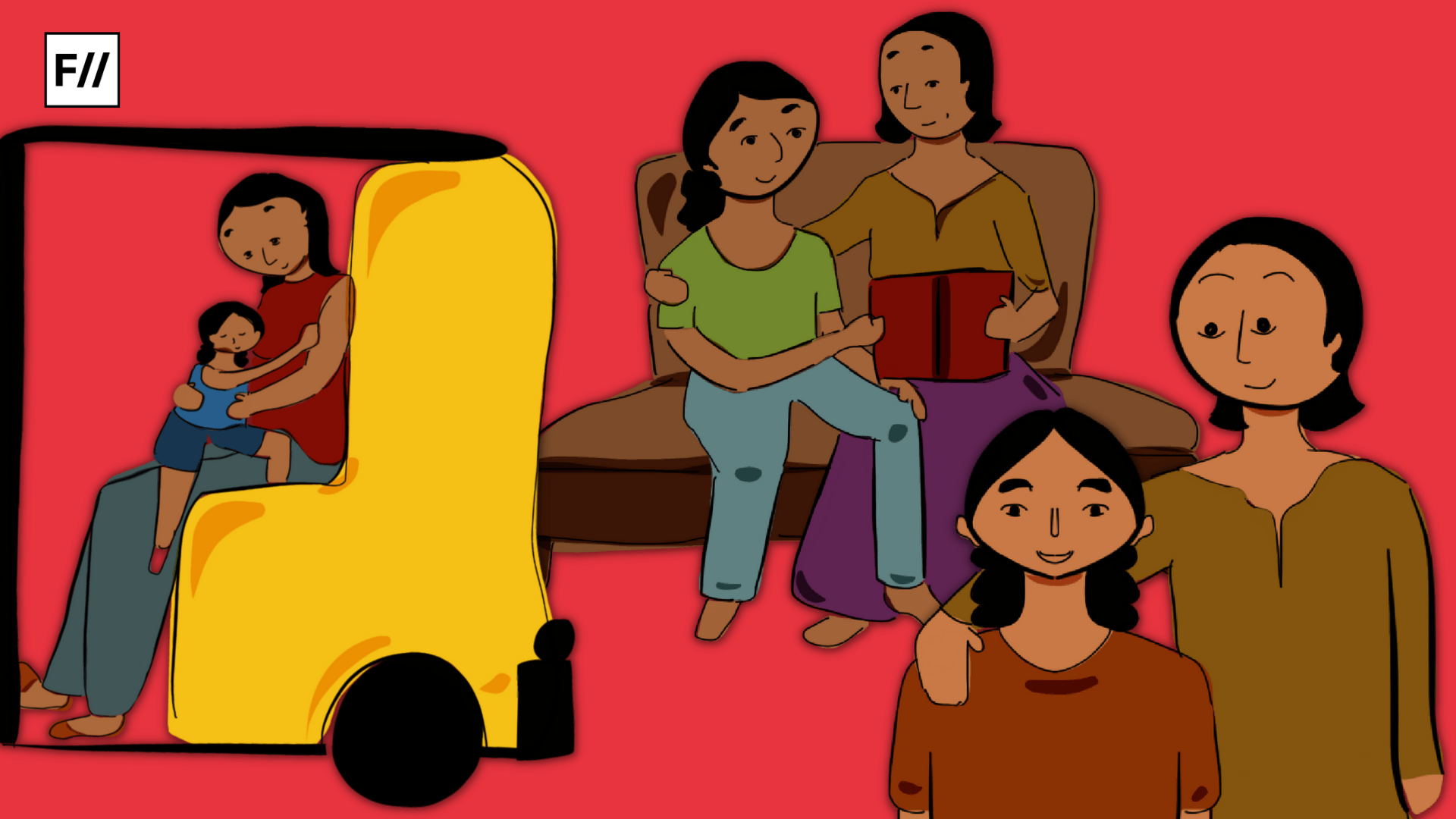
But school textbook content inculcating equity through a gender-neutral learning experiences among children or the media talking about periods with no shame attached might be a hard pill for the patriarchal society to swallow. This is exactly why it is necessary for a world that works towards greater social responsibility.
But school textbook content inculcating equity through a gender-neutral learning experiences among children or the media talking about periods with no shame attached might be a hard pill for the patriarchal society to swallow.
Recently, everyday brands we use, ads we come across and educational books are also slowly changing to inform the future generation about their role in molding society.
Children predominantly learn from what they are exposed to. Television and school books are what they are introduced to from a very early age after the environment of a family. And when these mediums challenge the existing patriarchal norms to bring equity for all, they imbibe that into their own life. The Kerala government’s introduction to gender neutrality in school books and recent advertisements on gender neutrality and breaking taboos are examples of these changes.
The power of educational reforms in shaping the minds of children
Recently, the Kerala State Government took a gender-neutral stance on education through changes in the school textbook curriculum which has gained widespread attention among the public. After a long summer vacation, children opened their textbooks to find illustrations of a kitchen where the father is grating coconut and making snacks for the daughter. For a patriarchal environment, this may not be a usual scenario, which is exactly why this deserves applause.
By presenting a world where chores and dreams are not categorised as per gender, they learn to treat everyone equally and defy the conditioned gender roles they might come across in life. Seeing beyond the conventional roles of mother and father, how a girl child and boy child is treated and cultivating a mindset that believes in aspirations and capabilities irrespective of the gender one belongs to, are the educational reform these small steps can create towards a big and better future.
When advertisements reflect and rewrite societal expectations
Analysing further the current scenario, we see that apart from school books, there are changing norms in many mediums that are easily accessible and available for children, one of them being visual ads. The primary purpose of qdvertisements; be it print, visual or online, is to create awareness. Earlier products like detergents, dishwashers, and cookware always catered to women, showing women in stereotypical roles. People even associate certain ads with their childhood; we see many sharing old visual ads in the name of nostalgia., proving that no matter how many years have passed, these visual impacts can stay with us for a long time.
Television ads to a certain extent were always a reflection of what’s happening in society. Earlier it was the mimicking of the patriarchal society. Until recently, all the ads of domestic chores-related brands were portraying a woman, or a mother of the house as the lead, reinforcing the notion that the mother always has to clean, cook and take care of the household.
Until recently, all the ads of domestic chores-related brands were portraying a woman, or a mother of the house as the lead, reinforcing the notion that the mother always has to clean, cook and take care of the household.
Looking at the old ads about sanitary pads have we ever wondered why is the period blood portrayed using blue liquid? The misinterpretation of period blood using patriarchal practice is the reason. Openly discussing periods is considered a big taboo. However many brands have unlearned all of these practices and have evolved to a better place in defying the conventional stereotypes and gender roles that are assigned.
‘Whisper’ not whispering anymore
From showing sanitary napkins with blue liquid indicating blood to openly showing period blood using red liquid, brands like Whisper have come a long way. In recent years, they have become more aware of the social responsibility the media holds in getting rid of the stigma and have made their stand firm among the media.
Recently, with their campaign “#keepgirlsinschool” Whisper is also raising awareness of early menstruation in little girls. Studies have found that one out of five girls in India drop out of school due to lack of menstrual education and as per the reports in India Today, 10 to 15% of girls get their periods at age 7 or younger. Given these facts, if not now, then when do we openly talk about periods devoid of stigma in a way children understand?
Addressing natural biological change in their body by educating children in school about the early arrival of periods with a catchy jingle that repeats as “periods ka matlab healthy hai aap (periods means you are healthy)” is essential at this time.
Portrayal of women in Vim and Ariel ads
A few years back, Vim signed up Virendra Sewahg for an ad and for the first time they showed a man in the ads doing dishes. In 2021, they produced another ad portraying a couple meeting through an arranged marriage set up and through humor we see how men ‘helping’ women in doing dishes is criticised. Now, without creating much of a buzz, we see them often portray cleaning as not a task that is assigned to a specific gender alone.
Ariel, in recent years initiated a campaign called “#sharetheload” to defy all of the conventional roles attached to household chores.
Ariel, in recent years initiated a campaign called “#sharetheload” to defy all of the conventional roles attached to household chores. Just like P&G’s Ariel, thereafter many more brand categories apart from fabric care slowly broke down the stereotypical portrayal of women in ads and rewrote their narratives.
How does this influence children?
All these examples of changing narratives and bold initiatives are witnessed by the children in the same environment. Children with the habit of mimicking what they are exposed to, slowly try to build the mindset of seeing everyone as the same and respect all irrespective of the bias the previous generation was conditioned by.
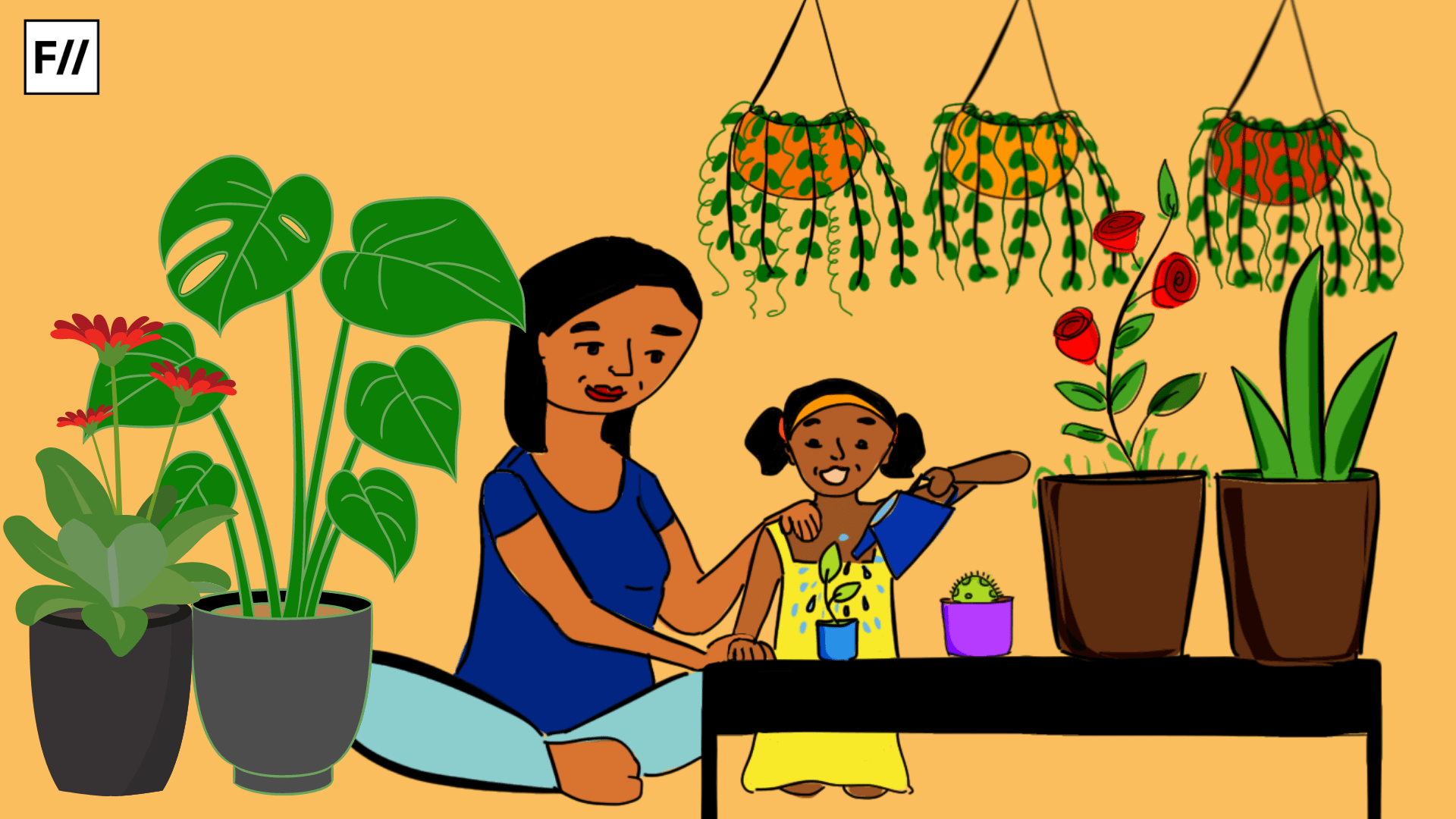
When a seven-year-old learns from the book, they see and believes that this is how it should be, they might even question the family members if they see their sister or any other woman in the family getting treated differently. Likewise, the girls learn to be unapologetic to ask for the basic rights and respect they deserve in the same household and later in society. The ads about early menstruation among young girls create awareness, make them understand the natural bodily function and make it easier for them to break myths related to periods and openly discuss it.
Thus this combination of inclusive educational content along with progressive advertisements they see on television or other media brings a highly impressionable change in their mind and the values they share with society.
Moving forward: There’s more to do than what has been done
Even though there are initiatives like this that are focused on a progressive future, the patriarchal section of the society that does not align with this constantly tries to suppress the ‘equity for all’ concept. Traditionally, the uniforms are different for different genders, but in Kerala, recently, some schools introduced gender-neutral uniforms which received positive support from parents and the general public.
Initiatives like these promoting gender neutrality through uniforms and educational content should not be an end rather it should be the start of many more such initiatives.
Initiatives like these promoting gender neutrality through uniforms and educational content should not be an end rather it should be the start of many more such initiatives. Understanding the world we live in, the problems we encounter, and the stand one must take, as time goes on, today or tomorrow the children will question, understand, and work on all of them.
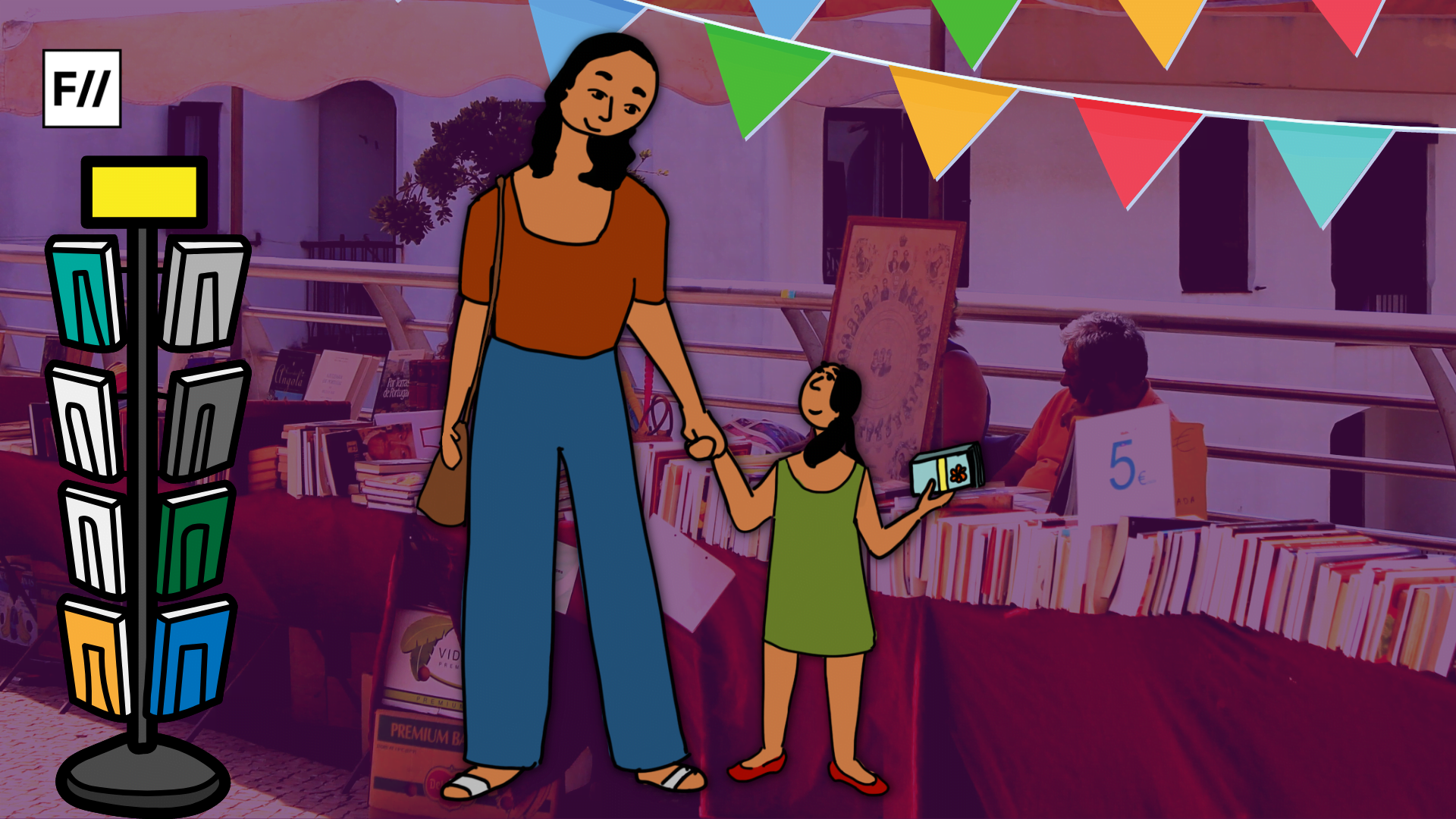
Therefore, changing norms in educational content or media representation is much needed in shaping a society that is aware and inclusive of all. And to remind ourselves of the words rightly said by our former prime minister Jawaharlal Nehru: ‘The children of today will make the India of tomorrow. The way we bring them up will determine the future of the country.’
